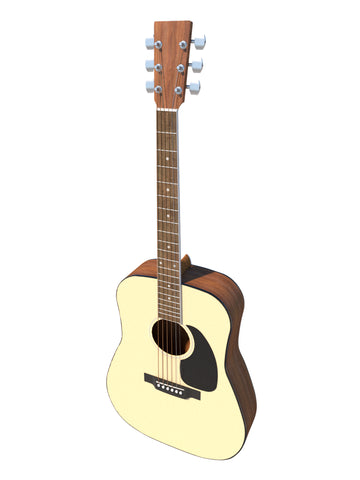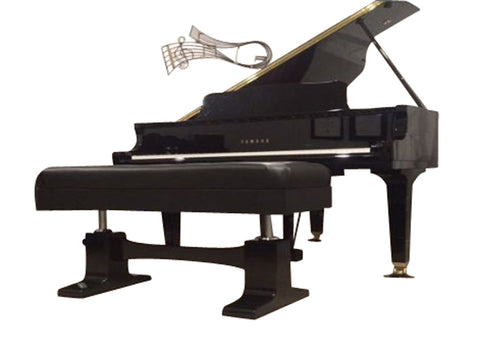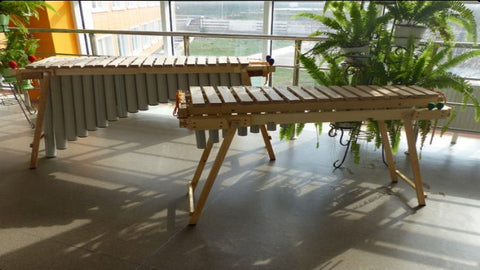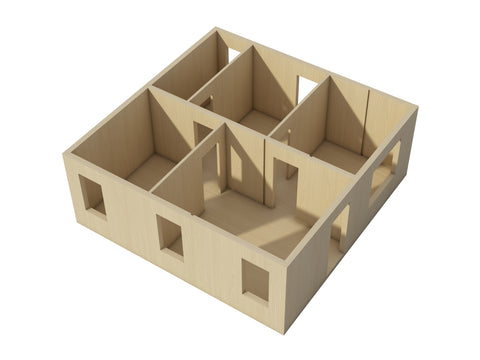✔️ Portable Baby Crib Plans - DIY Baby Lounger - Child Bed Wood Sleeping Bassinet - Build Your Own
✔️ Portable Baby Crib Plans DIY.
✔️ DIY Baby Cradle Plans.
✔️ DIY Wood Sleeping Bassinet For Baby.
✔️ These plans will show you how to build your own Mobile Baby Crib Bassinet.
Portable Baby Crib Plans DIY Child Bed Wood Sleeping Bassinet Build Your Own Portable Baby Crib Plans DIY. DIY Baby Cradle Plans. DIY Wood Sleeping Bassinet For Baby.
These DIY Baby Lounger plans will show you how to build your own Mobile Baby Crib Bassinet.
What Is a Bassinet?
Features
There are several important features to consider when purchasing a bassinet for your child. First of all, you want to make sure that you can keep your baby safe. A bassinet should not have any sharp edges, a soft side, or bars that are too wide apart to trap a baby. You also want to ensure that you can easily remove the mattress and sheet. It should also be easy to clean.
Some bassinets have soothing features, such as a vibrating base. These are safe and help your baby sleep faster. Other features include music, which can soothe crying babies. And some models even include nightlights, which allow you to check on your baby.
Age limit
There is no hard and fast age limit for bassinets, although some manufacturers have a minimum size and weight requirement. Generally, bassinets are safe for babies between four and six months. However, older babies may be uncomfortable in them. Some bassinet manufacturers recommend using them until a child weighs fifteen to thirty pounds.
While the age limit of a bassinet may vary, most of the most popular models are safe until a child weighs twenty pounds or more. Once a child reaches that weight limit, they should move to a crib. In this way, the bassinet will continue to be a safe sleep environment for your child.
Another age limit for a bassinet is three to four months. This is due to the fact that an older child is more likely to sleep on their stomach or back, which could lead to suffocation and medical care. However, there are exceptions to this rule, depending on the child's height and weight.
Weight limit
One important consideration when buying a bassinet for your new baby is its weight limit. If the bassinet is too heavy, your baby will not be able to use it properly. Therefore, you must choose a bassinet with a weight limit that does not exceed 25 pounds. Also, look for a bassinet with an adjustable height, so you can reach your child easily. If you can't afford to buy a new bassinet, consider buying a second-hand one. You can browse through parent forums, Facebook Marketplace, or Goodbuy Gear for used bassinets.
You can find the weight limit of your bassinet by checking the manufacturer's website or instruction manual. If you see a bassinet with a weight limit that is too high, it's time to upgrade your baby's bassinet. While your child may look comfortable and contented in the bassinet, it could cause them discomfort and possibly damage their health.
Convertible options
A convertible bassinet can serve multiple purposes for parents. It can serve as a portable bassinet, a toddler bed, or even a double bed. Some bassinets have drop sides so that the baby can be fed at night while they sleep. These can be attached to the bed with adjustable straps.
Most of these models are available in white or a natural wood color. These colors are perfect for a baby's nursery or bedroom, and they will blend in with any existing decor. Parents should consider safety tips when choosing a convertible bassinet. It is important to avoid bedding with excessive pillows or toys, as this can lead to choking. Also, crib bumpers should be avoided.
Safety concerns
There are a number of safety concerns with bassinets. While some of these concerns are related to the design of the bassinet, others are more general in nature. These safety concerns include issues with stability and collapse. In some cases, these issues can be addressed by redesigning the product. However, in most cases, the product designers would choose to retrofit an existing design rather than redesigning the entire product.
In order to meet the safety requirements for bassinets and cradles, manufacturers must meet certain requirements. The voluntary standard includes tests on the structural integrity of the product. The test requires that the bassinet/cradle be capable of withstanding a child three times its recommended weight. It also has stability requirements to ensure that the product will not tip over.
All DIY plans are designed or reviewed by Ben Stone. Ben is a retired Engineer in Canada. Ben also drafts these himself using the latest AutoCAD software to ensure accuracy. He studied Engineering back in the early 1980's. After over 30 years in the Construction industry he developed a passion for building cool items around his farm and cabin. These are great DIY projects. With a little skill anybody can Do It Yourself. Ben is always a email away if you have any questions while building one of his projects. He is adding new plans all the time.














